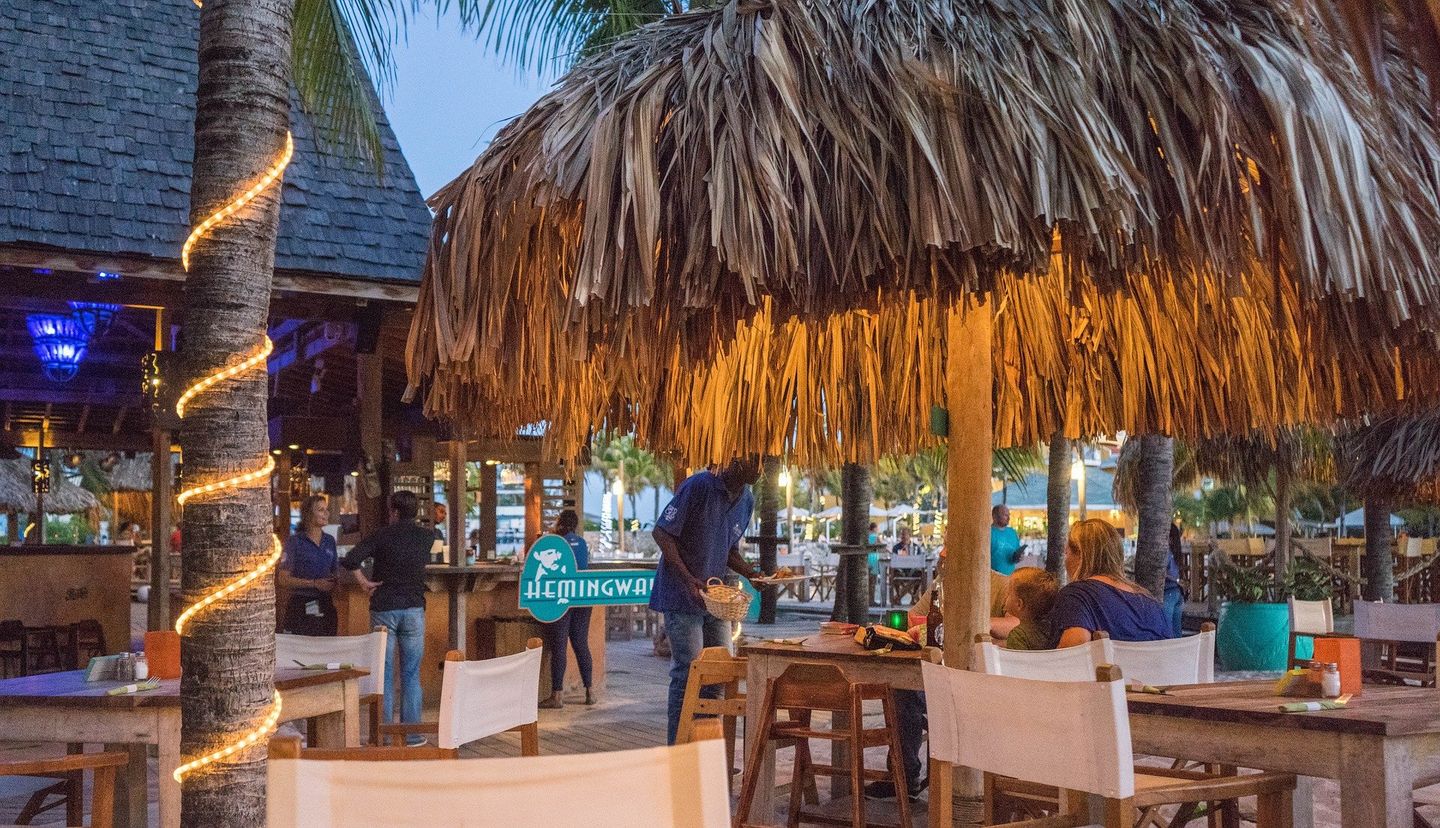Digital Technology can help community-based tourism thrive, improving livelihoods for community members and encourage inclusion and cultural heritage. Many of these new technologies require less physical infrastructure (such as WIFI) lowering the cost of implementation and ongoing maintenance. This presents developing countries with the opportunity to quickly gain an advantage over more developed regions if they seize the chance to implement these emerging technologies.
Embracing these technologies will allow emerging destinations to overcome many regional tourism management issues that often arise in traditional tourism expansion initiatives. When the local tourism organizations receive the prerequisite training to understand where these emerging technologies can best suit their individual tourism growth and sustainability needs, these regions can take full advantage of these emerging digital solutions.
Tourists are attracted to unique, engaging and authentic tourism experiences. Every destination in the world has their own unique story and experiences that can be shared with engaged tourists. With the advent of mobile devices and technology now every tourist can be a potential advocate for the destination through social media and viral multimedia content. This trend will only grow and destinations should use this to their advantage making it easy for tourists to interact and share their experiences of the community-based tourist destination.
Along with this new technology more data can be gathered continually to help local tourism providers understand what the tourist wants and what they gravitate to the most. Making better tourism decisions for the benefit of the local community-based tourism providers and the tourists is made easier with the use of these real-time data and analytics platforms.
Protecting local culture and environment while enhancing the local community is the goal of sustainable community-based tourism. Through technology these goals can be achieved easier and more effectively across the broad spectrum of community-based tourism globally. Identifying which technology to use for the specific needs of the project at hand is one of the most challenging decisions tourism leaders face when developing their long-term goals and strategy to achieve those goals. Cost must be weighed against long-term benefit and software longevity. Will an expensive technology solution still be viable in years to come to achieve the projected ROI?






